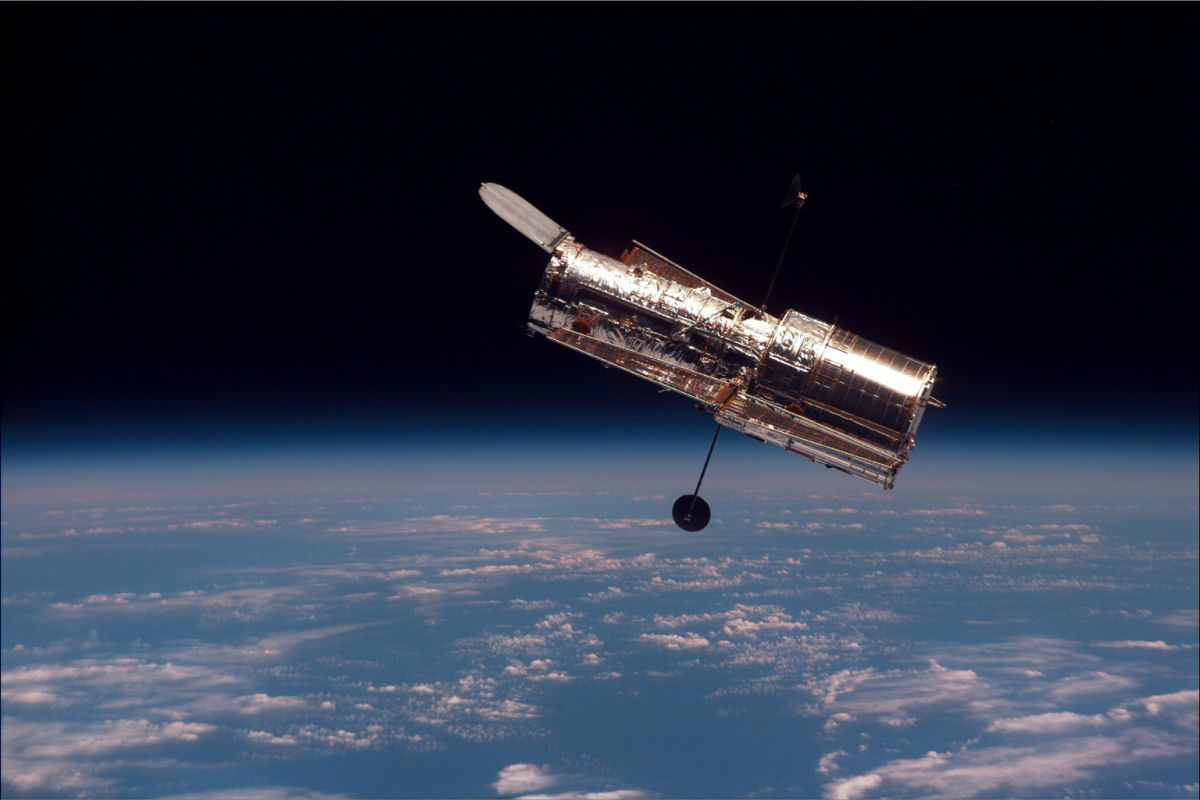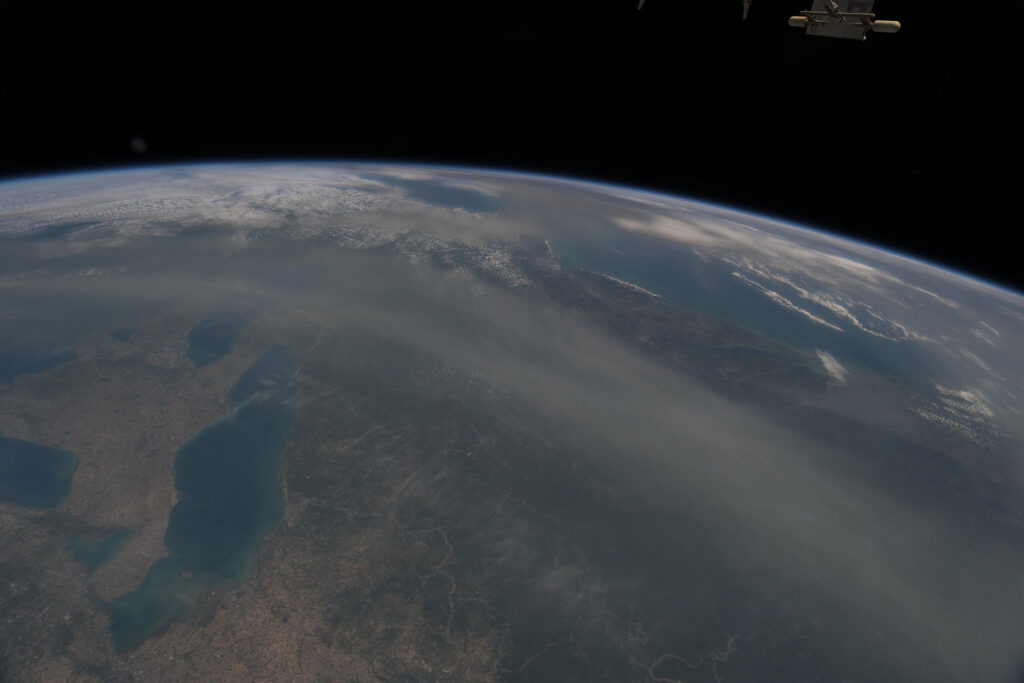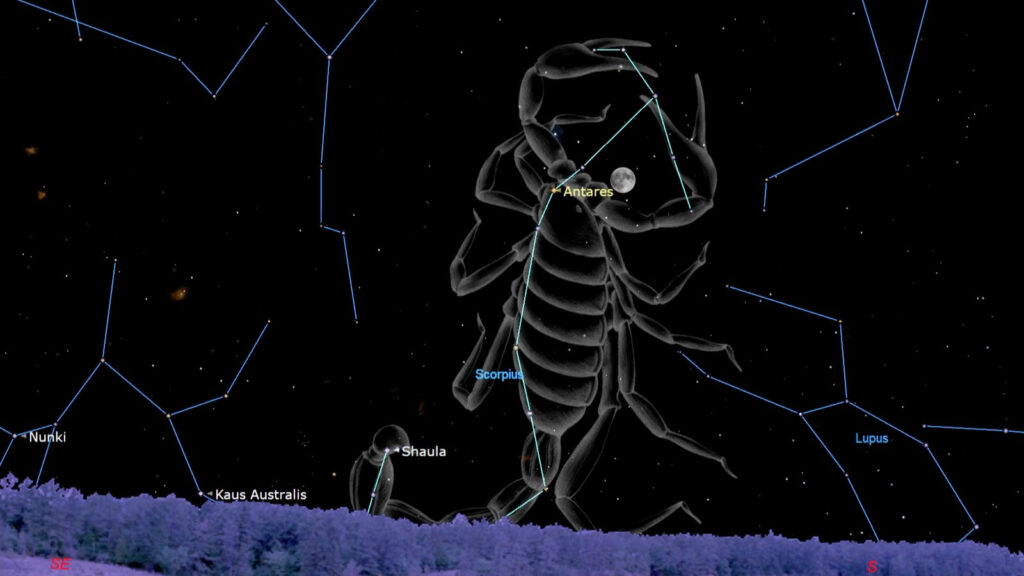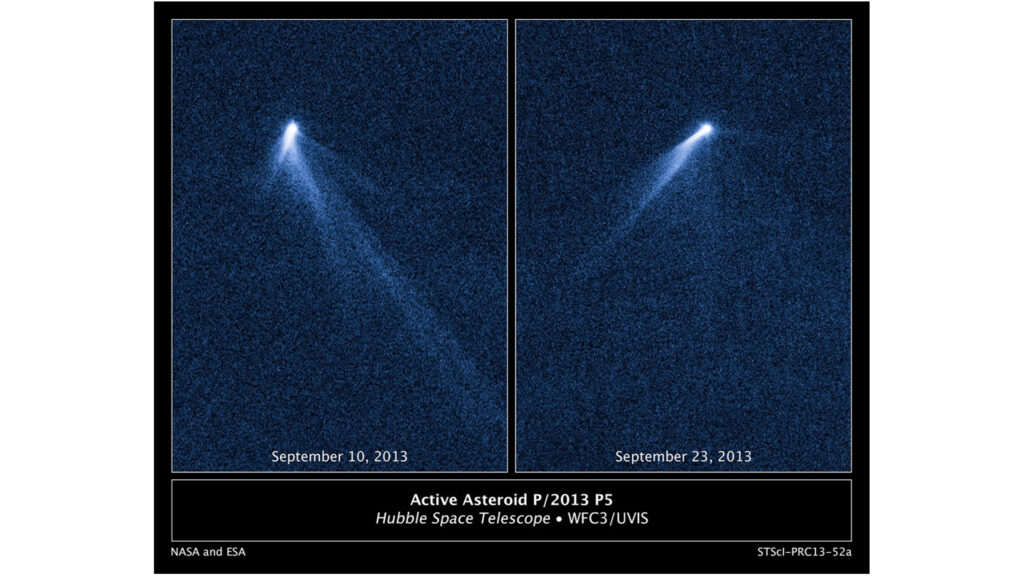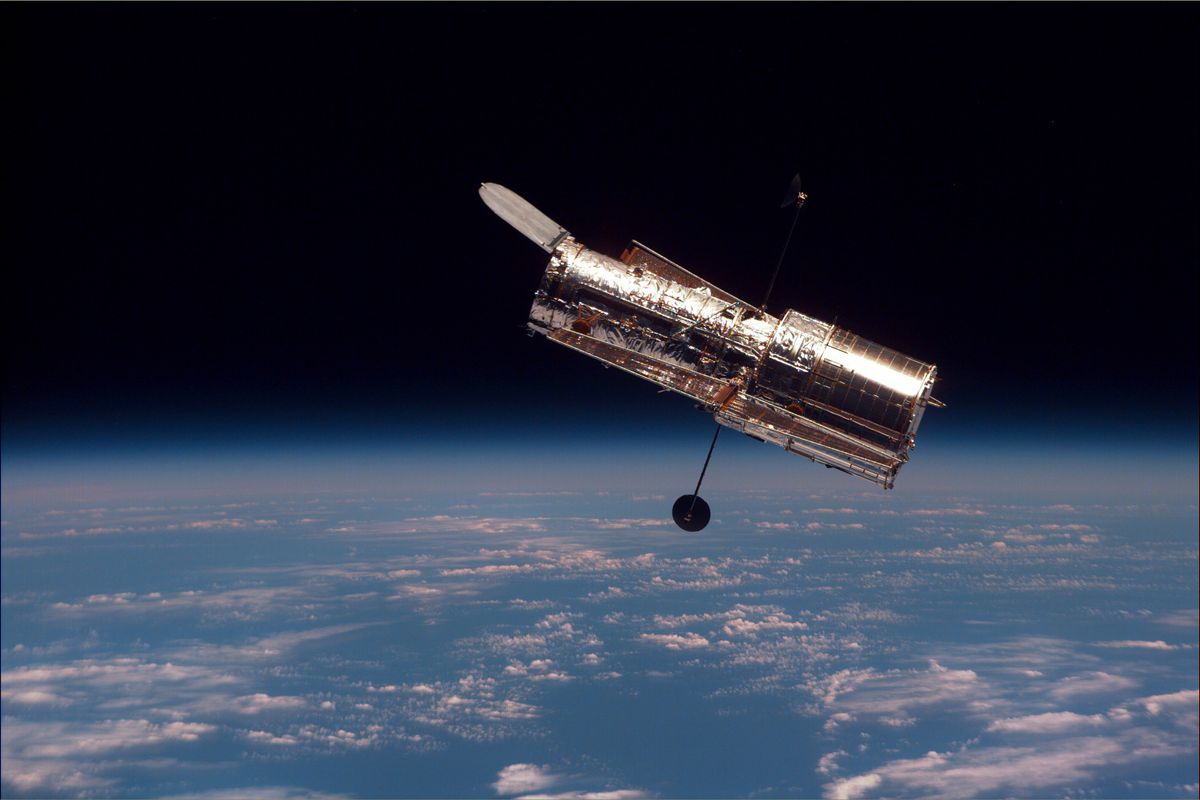
NASA’s Hubble Space Telescope is taking an unexpected break.
The iconic observatory went into a protective “safe mode” early Sunday morning (March 7), but its handlers seem confident it will bounce back in relatively short order.
“At ~4:00 a.m. EST [0900 GMT] on Sunday, the Hubble Space Telescope went into safe mode due to an onboard software error. All science systems appear normal and Hubble is safe and stable. The team is working plans to safely return it to normal science operations,” Hubble team members announced Sunday evening via the telescope’s official NASA Twitter account.
Related: The best Hubble Space Telescope Images of all time!
At ~4:00 a.m. EST on Sunday, the Hubble Space Telescope went into safe mode due to an onboard software error. All science systems appear normal and Hubble is safe and stable. The team is working plans to safely return it to normal science operations. pic.twitter.com/6JlSSHisLdMarch 8, 2021
Hubble, a joint mission of NASA and the European Space Agency, launched to Earth orbit aboard the space shuttle Discovery in April 1990. The telescope’s vision was famously blurry at first, but spacewalking astronauts fixed that glitch in 1993, and Hubble has been delivering great images and ground-breaking discoveries ever since.
Spacecraft go into safe mode when they detect an anomalous condition that could threaten their well-being. Though some safe-mode alerts indicate a serious problem, most result from minor glitches that can be troubleshot.
In October 2018, for example, Hubble went into safe mode after experiencing issues with two of its orientation-maintaining gyroscopes. That dark spell lasted three weeks, but Hubble rebounded in good shape.
We’ll just have to keep our fingers crossed that the current software problem can be fixed as well. Hubble has been a big part of our lives for more than three decades, and most of us aren’t ready to say goodbye just yet.
Mike Wall is the author of “Out There” (Grand Central Publishing, 2018; illustrated by Karl Tate), a book about the search for alien life. Follow him on Twitter @michaeldwall. Follow us on Twitter @Spacedotcom or Facebook.
